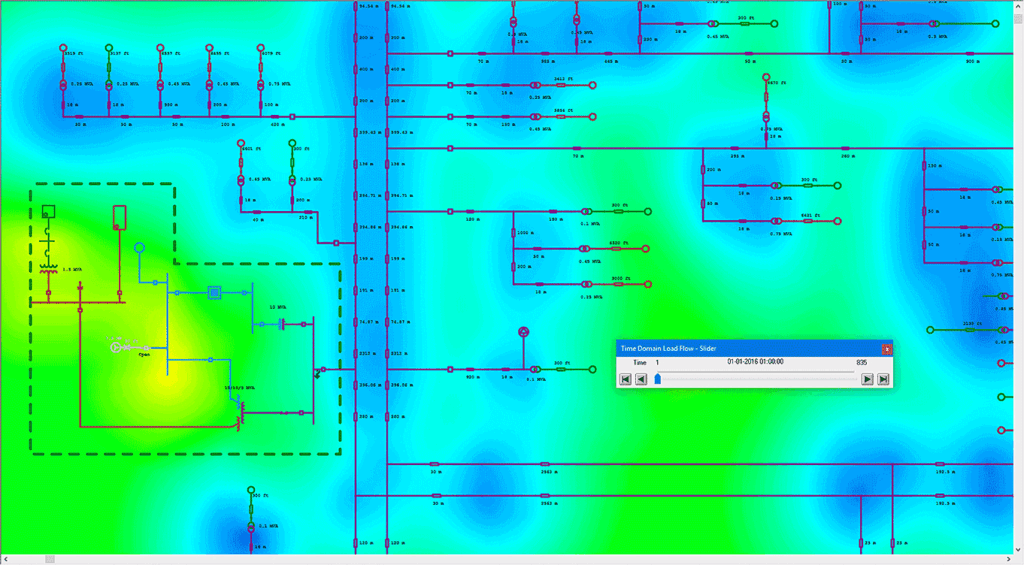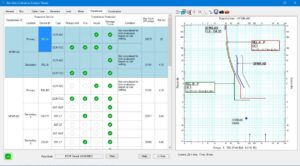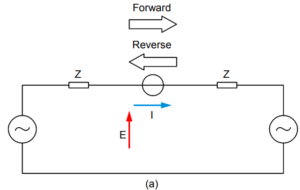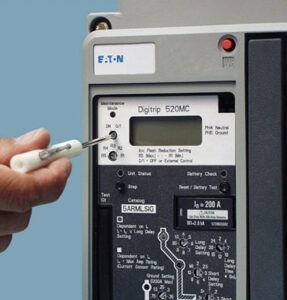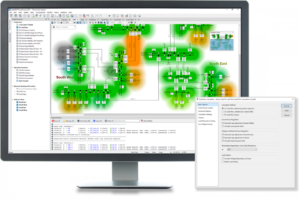Load Flow Studies:
One of the most common computational procedures used in power system analysis is the load flow calculation.
The planning, design, and operation of power systems require such calculations to analyze the steady-state performance of the power system under various operating conditions and to study the effects of changes in equipment configuration.
Given the load power consumption at all buses of a known electric power system configuration and the power production at each generator, find the power flow in each line and transformer of the interconnecting network and the voltage magnitude and phase angle at each bus.
Analyzing the solution of this problem for numerous conditions helps ensure that the power system is designed to satisfy its performance criteria while incurring the most favorable investment and operation costs.
Load flow studies determine the following:
- Component or circuit loadings
- Steady-state bus voltages
- Reactive power flows
- Transformer tap settings
- Active and reactive power losses
- Generator exciter/regulator voltage set points
- Performance under emergency conditions
There are two types of computer programs to solve load flows: static (offline) and dynamic (real time). Most load flow studies for system analysis are based on static network models.
Real time load flows (online) that incorporate data input from the actual networks are typically used by utilities in automatic Supervisory Control And Data Acquisition (SCADA) systems. Such systems are used primarily as operating tools for optimization of generation, var control, dispatch, losses, and tie line control. This discussion is concerned with only static network models and their analysis.
A load flow calculation determines the state of the power system for a given load and generation distribution. It represents a steady-state condition as if that condition had been held fixed for some time. In actuality, line flows and bus voltages fluctuate constantly by small amounts because loads change constantly as lights, motors, and other loads are turned on and off. However, these small fluctuations can be ignored in calculating the steady-state effects on system equipment.
As the load distribution, and possibly the network, will vary considerably during different time periods, it may be necessary to obtain load flow solutions representing different system conditions such as peak load, average load, or light load.
Input Data Requirement for Load Flow Studies
System Data
- Most load flow programs perform their calculations using a per unit representation of the system rather than working with volts, amperes, and ohms. The input of data to the program may either be in per unit or in physical units, depending on program convention. Converting the system data to a per unit representation requires the selection of a base kVA and base voltage. Selection of the base kVA and base voltage specifies the base impedance and current.
- The system data specifies the base kVA (or MVA) for the entire system. Industrial studies use a base kVA of 10,000 kVA (10 MVA). For utility systems, the accepted convention is a base of 100 MVA.
- Selecting the nominal voltage to be the base voltage simplifies the analyses and reduces the chance of errors in interpretation of results.
Bus Data
- Bus number
- Bus name
- Bus type
- Load
- Shunt
- Per unit voltage and angle
- Bus base kV
Generator Data
- Real power output in MW
- Maximum reactive power output in Mvar (i.e., machine maximum reactive limit)
- Minimum reactive power output in Mvar (i.e., machine minimum reactive limit)
- Scheduled voltage in per unit
- Generator in-service/out-of-service code
Branch Data
- Resistance
- Reactance
- Charging susceptance (shunt capacitance)
- Line ratings
- Line in-service/out-of-service code
- Line-connected shunts
Transformer Data
- Voltage and Power Ratings
- Impedance
- Tap setting in per unit
- Tap angle in degrees
- Maximum tap position
- Minimum tap position
- Scheduled voltage range with tap step size or a fixed scheduled voltage using a continuous tap approximation

